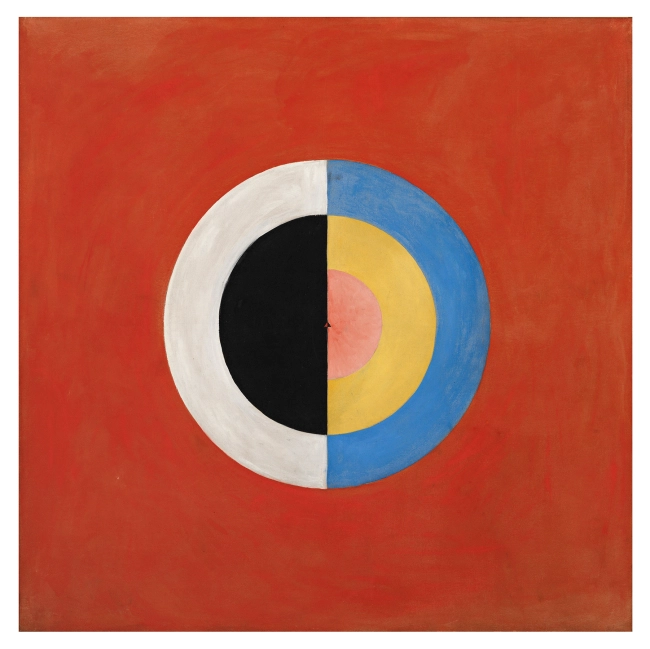WHEN THE SUN WENT OUT (1)
By:
July 1, 2023

Leslie Silberberg, who wrote as Leslie F. Stone, was one of the first women sf pulp writers. She often worked with Hugo Gernsback in Amazing Stories and Wonder Stories. Gernsback published her 1929 story “When the Sun Went Out” as a chapbook. HiLoBooks is pleased to serialize it here for HILOBROW’s readers.
ALL INSTALLMENTS: 1 | 2 | 3 | 4 | 5 | 6 | 7.
The dying Earth lay wrapped in its dismal coat of what was soon to be the complete darkness of a sunless world. Just as she no longer had the Moon, her Lamp of Ages, to light the night skies as she whirled on her course through the limitless ocean of Space, so now she was about to lose the Sun which, after billions of years, was at last burning out. Cold somber darkness of everlasting night was to engulf the eight planets to which old Sol had once given heat and light.
History tells of the Sun in all its glory, of a bright, warm Earth, of joy on the globe: it tells, too, of the moon, a shell set aglow by the sun’s rays and reflecting on Earth the beauty of silvery light. But with the light from the sun growing more and more feeble through the preceding thousands of years, the Night’s fixture had faded too until now it was no more than a dark body flitting past by day. Only at times during the night did a stray gleam of the sun illuminate, for a fleeting moment, the dead face, as a shadow passing across the white icescapes. Now there were only the stars, distant and aloof, smiling disdainfully upon the senile planet Earth, to light her night and her day too.
In Central City most of the few hundred thousands of people who now comprised the entire world’s population had already gathered. The rest were hastening to join the multitude, so that together they might watch the sun in the throes of death. Then would they make their descent to the bowels of the Earth wherein the once proud Earthlings planned to make their last stand against their arch-enemy, Nature.
Kuila Rei was one of the tardy ones. As his name denoted, he was of the race of astronomers. He was the last to leave Mount 83 upon whose summit he and his fellow scientists had for many years kept the Sun under surveillance, publishing their minute calculations as to the hourly condition of the waning star.
Kuila, like many, objected strenuously to his removal to thousands of feet below the Earth’s crust. He knew that several centuries before the Earth had been warned of the critical state of the Sun. Then had been the time for action. However, for the last million of years the Earth’s people had been retrograding, and now except for a few hundred men and women of Kuila’s ilk were mental and physical weaklings. They had been content to live on what their mighty ancestors had provided for them, using only what knowledge had come to them through the ages, and making no attempt to improve their condition.
Now through their lack of energy and foresight what machines they possessed were gradually wearing away. One by one those gigantic monsters, that had for thousands of years been producing all of man’s needs, were breaking down because of the failure of their parts. From time to time men with some mechanical genius had repaired here and there. But, as the years went on, the knowledge of these men was lost until now the world was faced at last with the fact that they had practically no hope of succor from their present condition.
RADIUM AGE PROTO-SF: “Radium Age” is Josh Glenn’s name for the nascent sf genre’s c. 1900–1935 era, a period which saw the discovery of radioactivity, i.e., the revelation that matter itself is constantly in movement — a fitting metaphor for the first decades of the 20th century, during which old scientific, religious, political, and social certainties were shattered. More info here.
SERIALIZED BY HILOBOOKS: James Parker’s Cocky the Fox | Annalee Newitz’s “The Great Oxygen Race” | Matthew Battles’s “Imago” | & many more original and reissued novels and stories.
